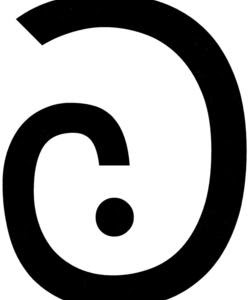 POLITICS - At least 140 people were killed by riot police and more than 800 were injured in bloody ethnic clashes on the city streets of Urumqi in northwest China last night, Chinese officials confirmed this morning.
POLITICS - At least 140 people were killed by riot police and more than 800 were injured in bloody ethnic clashes on the city streets of Urumqi in northwest China last night, Chinese officials confirmed this morning.Chinese state television aired footage today showing cars and buses being attacked, police vehicles overturned and ablaze and riot police trying to restore order.
The death toll is the single largest admitted by the Chinese government since the Tianenmen Square Massacre and a clear indication that anger in the province of Xinjiang – and its capital of Urumqi – has reached violent and explosive levels.
The clash, between ethnic Uighurs and China's dominant ethnic Han, erupted Sunday after a rare public protest expressing Uighur discontent turned violent. Eyewitnesses estimated that as many as 3,000 people participated in the protest.
 Uighur students gathered to protest the Chinese government's inaction following a June 26 attack against Uighur migrant workers by ethnic Han in the southern city of Shaoguan. In that incident, at least two Uighur migrant workers were killed and dozens critically injured. Uighur students and others complained publicly that none of the Han combatants involved in the June attack had yet been arrested.
Uighur students gathered to protest the Chinese government's inaction following a June 26 attack against Uighur migrant workers by ethnic Han in the southern city of Shaoguan. In that incident, at least two Uighur migrant workers were killed and dozens critically injured. Uighur students and others complained publicly that none of the Han combatants involved in the June attack had yet been arrested.Yesterday, when students gathered in the city's Peoples' Square demanding justice, the Chinese government responded with legions of riot police.
Liu Yaohua, the region's police chief, said today that the death toll stood at 140 and was "still climbing."
The bloody clashes are a dark reminder of those that erupted in Tibet in March of 2008 just months before the Olympics, when ethnic tensions also boiled over.
Significant numbers of Tibetans, as well as Uighurs in Xinjiang, both bridle under Beijing's rule and have movements demanding a larger degree of autonomy for their ethnic minorities.
Many Uighurs refer to the Chinese region of Xinjiang as belonging to "East Turkestan," a region they hope will one day be independent.

















No comments:
Post a Comment
Comments containing links will be marked as spam and not approved. We moderate every comment. If you want to advertise on this blog it is $30 per link.